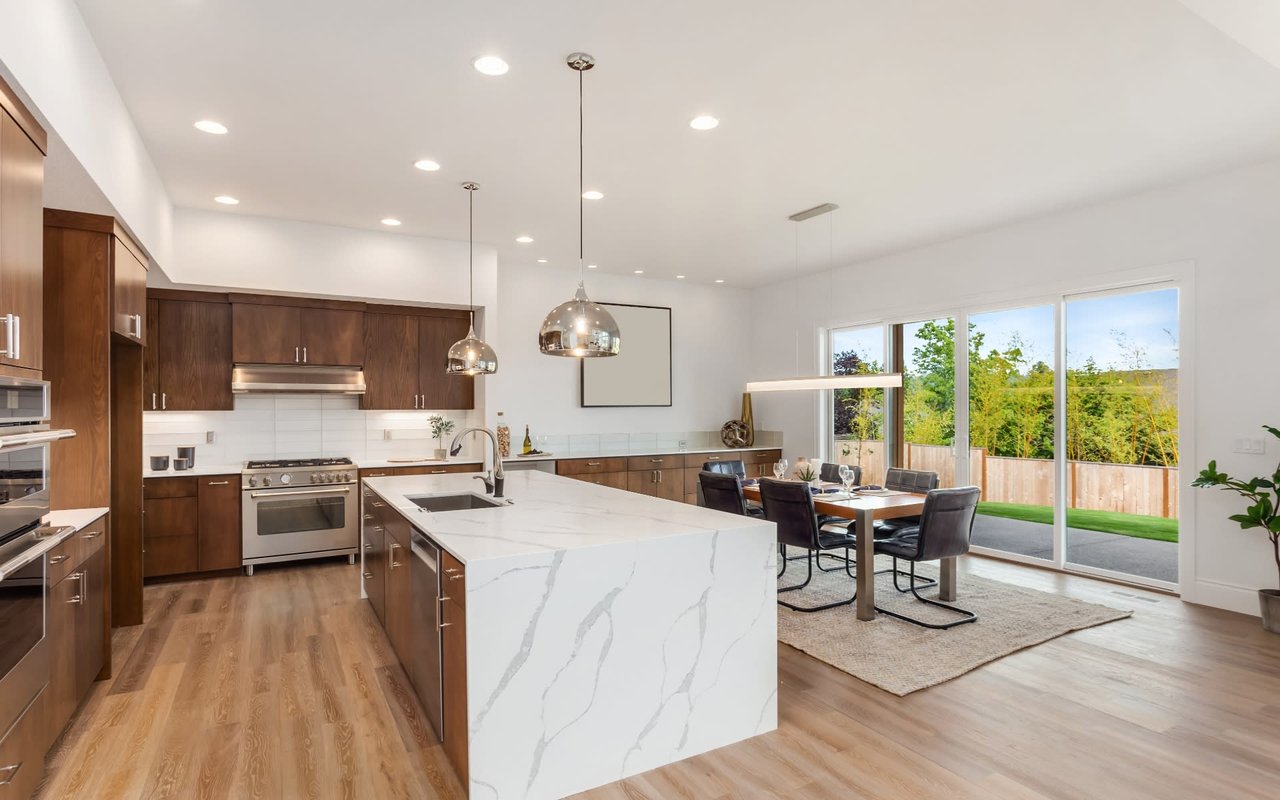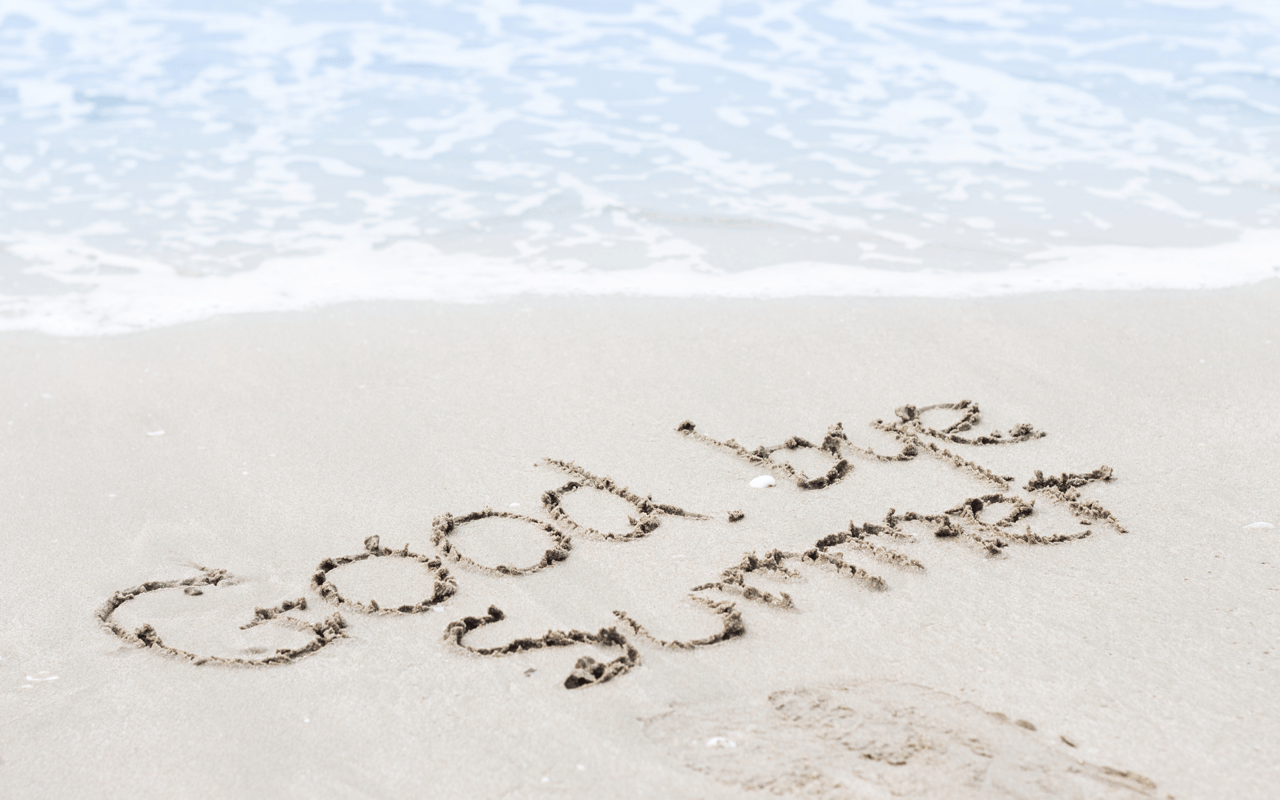11 Things You Should Never Store Under the Kitchen Sink
February 1, 2024

February 1, 2024

:strip_icc():format(webp)/728WhalleyRd-7_preview-243a99d59e3c41fa999f5ad673444cd6.jpg)
PHOTO: RYAN BENT PHOTOGRAHY
The area under any sink is already cramped, but kitchen sink cabinets pose one of the greatest home storage challenges. Between water supply pipes, the garbage disposal, and water filtration system, there's not much room left for storage. Chances are, your under-the-sink storage area is stuffed with, well, stuff. And while it's smart to store daily use items there, there are several things you should not store under the kitchen sink.
It's a smart idea to clear out, clean, and reorganize the cabinet with only what you need. The following list of things you should never store under the kitchen sink can serve as a reference for what not to put back in the space.
1. Cleaning Products and Chemicals
Most commercial cleaners are designed to be kept in climate-controlled environments with proper ventilation—a combination you won’t find under the kitchen sink. If not sealed properly, bottles of bleach and other harsh chemicals (especially undiluted) can leak and cause fumes in this small space. You can leave a handful of frequently used all-purpose products (particularly if they’re homemade or natural cleaners) under the sink for ease of use. Then, stock everything else away in a designated cleaning closet.
2. Appliances and Electronics
It’s tempting to tuck a small kitchen appliance away under the sink if you’re strapped for space on the countertop or inside the rest of the cabinets. However, if a leak occurs, be aware that the appliance may short circuit and become defunct or, worse, potentially cause a fire. It’s simply not worth the risk so your best bet is to either get creative with appliance storage or declutter any you’re no longer using. While on the subject, remove any other electronics from under the sink as well, including speakers, chargers, and handheld vacuums.
3. Backstock Household Goods
Since the space is tight to begin with, there’s no reason to crowd the area under the sink with extra supplies you don’t reach for frequently. A Costco membership is handy to have, but remember that multiple bottles of hand soap, bulk boxes of trash bags, and window cleaner refills occupy a lot of space and are best stored elsewhere. Choose another area, such as a nearby utility closet or a cabinet in the laundry room, to store backstock items so you know exactly where they are when it’s time to restock.
4. Paper Towels and Bags
While one open roll of paper towels can live under the kitchen sink (especially if you’re short on counter space) avoid storing backups here. Taking up too much room like the other bulk-bought products is only one part of the problem. Moisture is often present inside the cabinet, even if you’re not experiencing a leak. Therefore, paper towels can absorb it and become damp before you even get to use them. For the same reason, refrain from putting any type of paper, such as paper bags from the grocery store, under the sink.
5. Extra Dish Towels and Sponges
This one might come as a surprise, since the cabinet under the kitchen sink is a logical place to keep dish towels and sponges. But, like paper products, fabric towels and synthetic sponges can also soak up moisture, allowing mildew to form, even if they’re clean or new. For convenience purposes, hanging your current towel inside the cabinet or storing a few extra sponges, especially if they’re contained in a lidded bin, shouldn’t be an issue. Otherwise, place most extra sponges with the other backstock supplies and fold fresh dish towels into a kitchen drawer closest to the sink for easy access.
6. Household Tools
An errant wrench or pair of pliers once used to tighten a pipe under the sink might seem innocent if left there. But again, remember that humidity levels can fluctuate and metal tools can quickly rust if kept in constant contact with moisture. Instead, organize tools in your workspace in the garage or basement.
7. Batteries
Even if an electronic device is battery-powered, it’s still smart to remove it from under the kitchen sink. This is because, in addition to it probably being too bulky for the space, its components can still short circuit, and batteries can easily corrode if exposed to excessive moisture. Loose batteries should always be stored safely in a cool, dry area of the house such as the junk drawer or linen closet.
8. Flammable Substances
Paint thinner, aerosol cans, and anything else that is labeled flammable should never be stored under the kitchen sink. This is exceptionally important if you have a garbage disposal that generates heat, as it’s an unnecessary fire hazard.
9. Glass Items
Vacant flower vases are a popular item to slide under the kitchen sink so that they’re ready to be filled with water and a bouquet whenever someone surprises you with one. If you have the wiggle room in the cabinet and they’re sturdy enough, it’s fine to keep them here. In general, however, avoid storing anything made of glass, especially if it’s fragile like lightbulbs, under the sink. They can easily tip over and shatter which will be tough to clean in the dark, cramped space.
10. Pet Food
If your pet's food bowl lives on the floor near the kitchen sink, you may be tempted to store their oversized bag of food in the cabinet for fast refills. Unfortunately, this is a bad idea for a few reasons. One, if you do choose to store cleaning products under the sink as well, their fumes can seep into the bag and indirectly cause a health hazard to your pet. Two, mold can grow inside the bag if the space under the sink is humid enough. Lastly, you’re opening yourself up to the possibility of unwanted pests, like mice, who are craving a midnight snack. The bottom line is to always seal pet food in an airtight container and place it somewhere else in the more temperate kitchen.
11. Clutter
In addition to everything on this list, remove any other items that don’t belong under the kitchen sink. Remember, it’s a compact space with subpar storage conditions so resist the urge to pack it with unnecessary things. Take 15 minutes to tackle this decluttering and organizing project so you can finally cross it off your to-do list.
Stay up to date on the latest real estate trends.

September 17, 2025
Real estate is built on trust — and that’s why we work by referral.

September 11, 2025
More than square footage, it’s about where life happens.

September 4, 2025
How two neighboring San Diego markets are moving quickly—with very different price points and buyer trends.

August 28, 2025
Honoring the hard work, dedication, and pride that turn a house into a home.

August 25, 2025
Simple Sunday habits to help you shake the stress, stay organized, and roll into Monday with confidence.

August 19, 2025
Local favorites, low-key adventures, and easy ways to savor the final days of summer in San Diego.
You’ve got questions and we can’t wait to answer them.